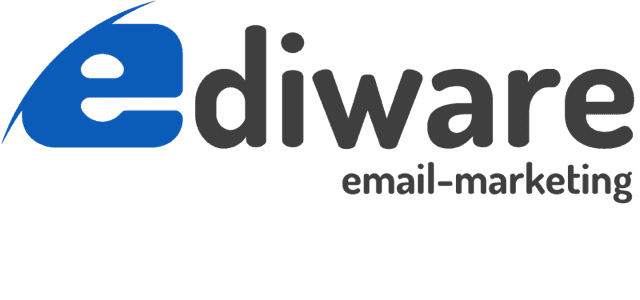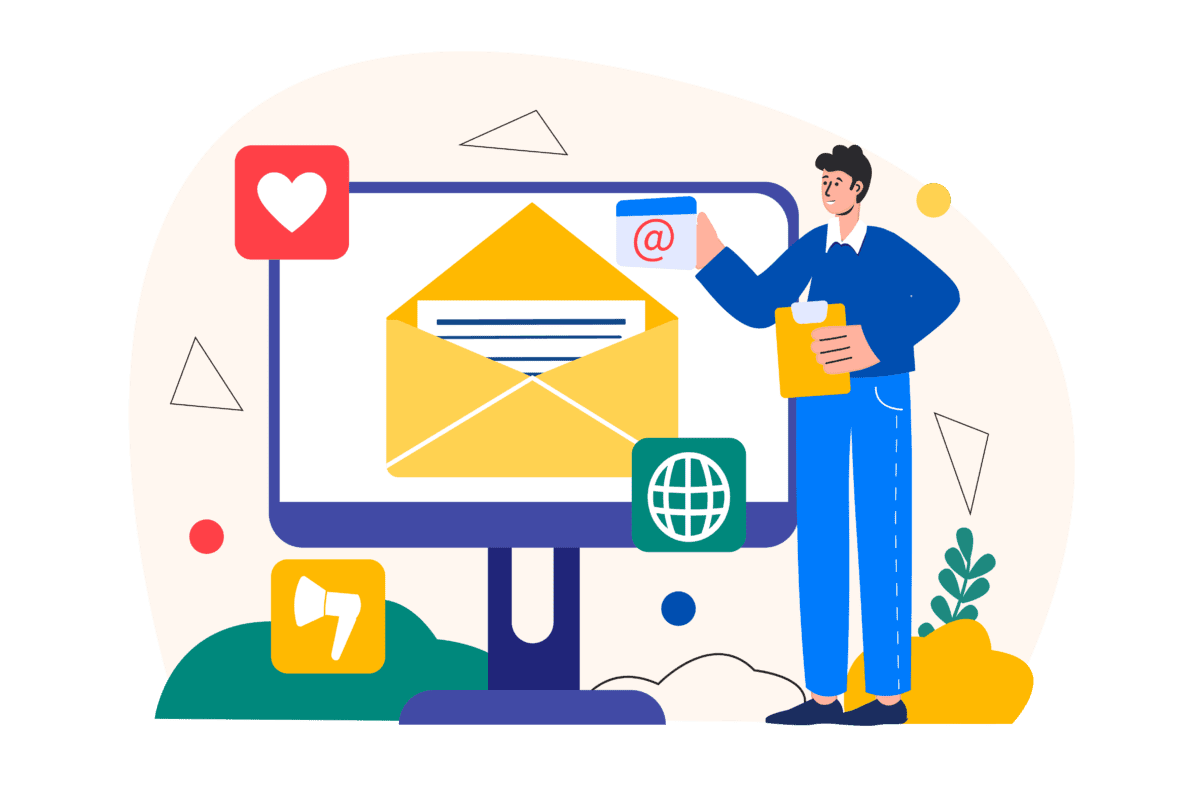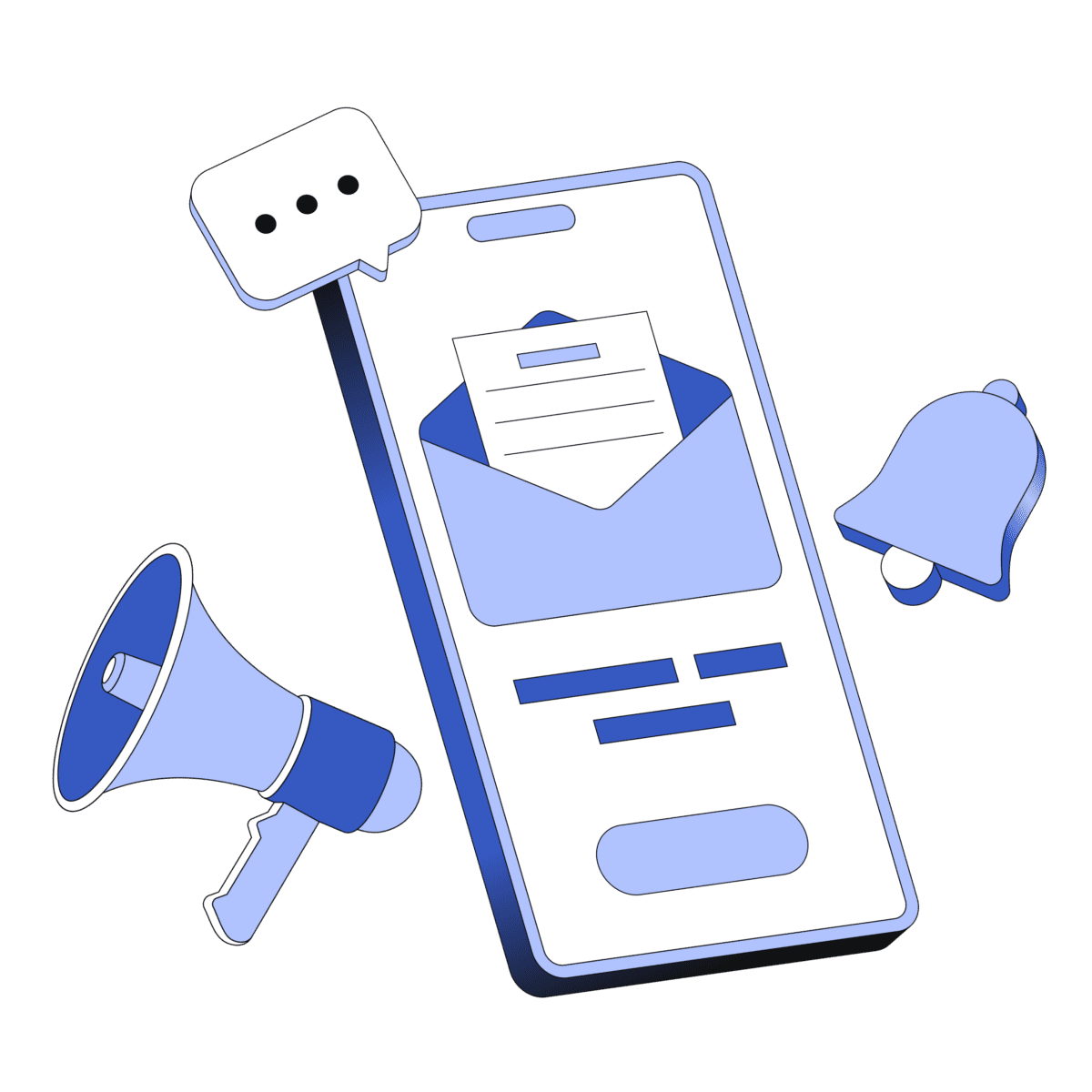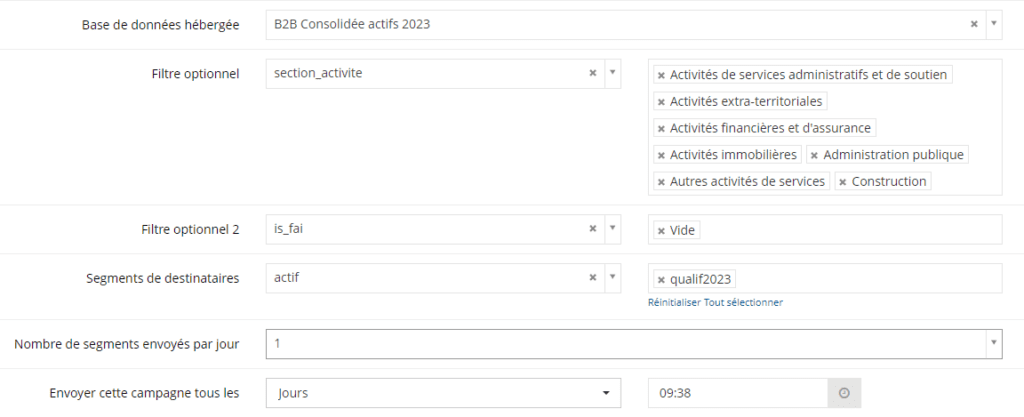In the vast world of B2B marketing, email marketing stands out as a powerful and flexible tool, capable of meeting a variety of strategic objectives. Whether you’re looking to acquire new customers, build trust, encourage referrals, or forge strong partnerships, a well-defined email strategy can help.
Here are just a few of the benefits e-mail marketing can offer any brand:
- Email marketing is an immediate tool that enables companies to target specific customers and send them personalized offers.
- The overall investment required is low, which means that even companies with limited budgets can still benefit from this type of communication with their customers.
- Unlike traditional marketing campaigns, results can be measured very quickly. In fact, e-mail marketing provides you with a number of tools that enable you to measure the impact of the message in order to discover the strengths and weaknesses of your strategy. This makes it much easier to monitor your e-mail marketing objectives.
- Email marketing also lets you create different messages with A/B Testing tools, so you can design several messages to send to your customers and find out which one will be the most successful among your customers.
With the right campaign, it’s possible to achieve the email marketing goals you want to set. Let’s find out together how to define the objectives of your email marketing strategy to propel your business to new heights. 🚀
-
Alignment with business objectives 🌟
Before launching your first email campaign, take a moment to think about what you really want to achieve. Your goals may vary depending on your company’s growth phase and the specific challenges you were facing. Here are some questions to help you clarify your vision:
- Do you want to increase sales? 🛒 If your main objective is to boost your revenues, you’ll need to design emails that effectively guide your prospects through the sales tunnel, focusing on product demos, special offers, and testimonials from satisfied customers.
- Do you want to improve brand awareness? 🌈 To increase your brand’s visibility, focus on creating engaging content that reflects your key values and differentiators, while encouraging social sharing to reach a wider audience.
- Do you want to retain your existing customers? ❤️ In this case, the focus should be on personalization and added value, offering customers exclusive content, loyalty rewards, and interactions that reinforce the feeling of belonging to a community.
-
The contribution of email marketing to these objectives ✉️
Once you have a clear vision of your goals, it’s time to determine how email marketing can help you achieve them. Here are a few ideas:
- To increase sales: Use automated e-mail sequences to warm up your leads, providing them with all the information they need to make an informed buying decision.
- To improve brand awareness: Create regular newsletters that share your company’s latest news, industry insights, and success stories, helping to establish your brand as an authority in your field.
- To build customer loyalty: Focus on targeted email campaigns that celebrate anniversaries, reward customers for their loyalty, and offer proactive support to anticipate and respond to your customers’ needs before they even arise.
By carefully aligning your email marketing objectives with your company’s overall goals, you not only maximize the effectiveness of every email you send, but also create a consistent and memorable experience for your customers and prospects. Remember, the success of your email-marketing strategy lies in its ability to integrate seamlessly into your overall marketing and communications efforts. 🌟
-
Setting SMART objectives ✅
When it comes to setting goals for your email marketing strategy, the SMART approach is your best ally. Here’s how to make your goals not only ambitious, but also achievable and aligned with your long-term vision. 🎯
3. 1. Specific 📌
Start by specifying exactly what you want to achieve with your email marketing campaign. A specific objective answers the questions: Who? Who? Where? When? Why?
- Example: “Increase the conversion rate of newsletter subscribers into paying customers by 5% in the technology sector over the next quarter.”
3. 2. Measurable 📊
Make sure that each objective can be measured. This means defining key performance indicators (KPIs) that will enable you to track your progress and evaluate the effectiveness of your strategy.
- Example: “Increase the number of subscriptions to the trial version of the software via emails by 150 per month.”
3. 3. Achievable 🏋️♂️
Your goals must be ambitious but achievable, given your current resources, such as your budget, your team, and your technological tools.
- Example: “Generate 200 additional qualified leads per month from the email-marketing campaign, based on the performance of previous campaigns and available marketing resources.”
3.4. Realistic 🌍
Your goals should be practical and based on an accurate analysis of your capabilities and the market context. They should push you to stretch without putting you out of reach.
- Example: “Improve email open rates for product awareness campaign by 20%, using personalized subject lines based on user behavioral data.”
3. 5. Temporally defined ⏰
Set a clear deadline for your goals. This creates a sense of urgency and enables you to plan your resources and efforts more effectively.
- Example: “Achieve a 10% click-through rate on promotional email CTAs by the end of the second quarter.”
By defining your email marketing objectives with the SMART approach, you create a clear framework for your team, making it easier to plan, execute and evaluate your campaigns. This keeps you focused on what’s really important and optimizes results, making every email you send more effective and relevant to your audience. 💡
-
Know your audience 🎯
Knowing your audience is the foundation of a successful email marketing strategy. Without a deep understanding of who your subscribers are, it’s difficult to create messages that resonate and engage. Here’s how to dive deep into your audience segments to personalize your campaigns to the max. 🕵️♂️
4. 1. Identify your audience segments 🧩
Start by dividing your subscriber base into meaningful groups based on specific criteria. This can include:
- Demographics: Age, gender, location, etc.
- Behavior: Purchasing habits, email interaction history, frequency of visits to your site.
- Customer lifecycle: new visitors, committed prospects, loyal customers, inactive customers.
4. 2. Understand their needs and preferences 💡
Once you’ve identified audience segments, it’s time to dig deeper to understand what motivates them. Use surveys, feedback, and analytics data to answer questions like:
- What problems are they trying to solve?
- What type of information or content are they looking for?
- Which channels do they prefer for communication?
- How do they prefer to consume content (videos, blog posts, case studies, etc.)?
4. 3. Personalize your messages ✉️
With this information in hand, you’re ready to personalize your messages so that they resonate with every segment of your audience. Here are a few ideas:
- For new visitors: Send a warm welcome email that introduces your brand and offers immediate value, such as a discount code or exclusive content.
- For loyal customers: Create personalized thank-you campaigns offering exclusive benefits or loyalty rewards.
- For inactive customers: Launch re-engagement campaigns with surveys to find out why they’ve drifted away, accompanied by special offers to entice them back.
By focusing on in-depth knowledge of your audience and tailoring your content to their specific needs and preferences, you’ll significantly increase the effectiveness of your email marketing strategy. Every email thus becomes an opportunity to build a stronger relationship with your subscribers, leading them to engage more with your brand. 🌟
-
Selection of relevant KPIs for email marketing 🔍
In email marketing, measuring the effectiveness of your campaigns is crucial to understanding what’s working, what’s not, and where there are opportunities for improvement. Here’s an in-depth exploration of essential KPIs and how to use them to your advantage.
5. 1. Open rate
The open rate represents the percentage of recipients who have opened an email in relation to the total number of emails sent (minus bounces). It’s a key indicator of the relevance of your subject lines and the timing of your emails.
Why is it important?
- Measuring Attention: A high open rate suggests that your subject lines are attractive and that your e-mails arrive at an opportune moment.
- Topic optimization: By analyzing the open rates of different campaigns, you can determine which types of topics resonate best with your audience.
5. 2. Click-through rate
The click-through rate (CTR) measures the percentage of recipients who clicked on at least one link in your email. This KPI is essential for evaluating the effectiveness of your content and calls to action (CTAs).
Why is it important?
- Content engagement: A high CTR indicates that your message and CTAs are relevant and engaging for your readers.
- Optimization guidance: Analyzing which content types and CTAs generate the most clicks can guide you in creating future campaigns.
5. 3. Conversion rates
The conversion rate is the percentage of recipients who perform the desired action after clicking on a link in your email. This can include purchasing a product, registering for a webinar, downloading a white paper, etc.
Why is it important?
- Measuring ROI: Conversions are the ultimate objective of most email marketing campaigns, making this KPI crucial for measuring return on investment.
- Understanding User Behavior: Knowing which emails convert best gives you valuable insight into your audience’s preferences and needs.
-
Do the A/B test 🔄
A/B testing, or split testing, is a method of comparing two versions of the same email to see which is better. It’s a powerful tool for optimizing your email marketing campaigns.
6.1. Test different elements
- Subject lines: Test different formulations to see which attract the most attention.
- Email content: Vary the content to determine which approaches are most likely to prompt action.
- Design: Experiment with different layouts, images, and colors to identify what’s most engaging.
- Calls to Action: Modify the wording, color and placement of CTAs to optimize click-through rates.
6. 2. Learn from every campaign
- Data collection: Use the results of your A/B tests to gather valuable data on your audience’s preferences.
- Continuous iteration: Apply lessons learned to constantly improve the effectiveness of your emails.
-
Analyze and adjust 📊
Monitoring and analyzing the performance of your email marketing campaigns is essential to adjusting and improving your strategies over time.
7.1. Monitor your performance
Use analytics and tracking tools to regularly review your KPIs. This will help you understand the impact of your campaigns and identify trends over time.
7.2. Be ready to adjust
- Reactivity: Be ready to quickly adjust your strategy according to the performance of your campaigns.
- Innovation: Don’t be afraid to try new approaches or ideas to improve your results.
By following these steps and remaining open to performance-based adjustments, you’ll implement a dynamic and responsive email marketing strategy, capable of adapting to changes and continually optimizing results. Remember, the key is to stay committed, be patient, and always seek to learn from your experiences. Good luck on your path to email-marketing success! 🚀
In conclusion, defining the objectives of your email marketing strategy is an essential process that requires reflection, analysis and adaptability. By following a structured approach based on SMART objectives, knowing your audience deeply, choosing the right KPIs, continually testing and optimizing, and analyzing and adjusting your strategy based on performance, you’ll set your campaign on the road to success. 🎯
Remember that aligning your email marketing objectives with your company’s overall goals is crucial to ensuring that your efforts support your organization’s overall vision and goals. Every email you send should be an opportunity to strengthen the relationship with your audience, guide your prospects through the sales tunnel, and ultimately contribute to your company’s growth.
Email marketing isn’t a magic formula, but with a focused approach and a willingness to learn and adapt, it can become one of the most powerful tools in your marketing arsenal. So, take the time to define your goals clearly, measure your progress, and don’t be afraid to experiment to find what works best for your brand. With patience and perseverance, you’ll see your email marketing efforts pay off. Good luck! 🌟
Remember, the world of email-marketing is constantly evolving, so staying on top of the latest trends and best practices is essential to keeping your campaigns fresh and engaging. Commit to continuous improvement and watch your email-marketing strategy flourish.




